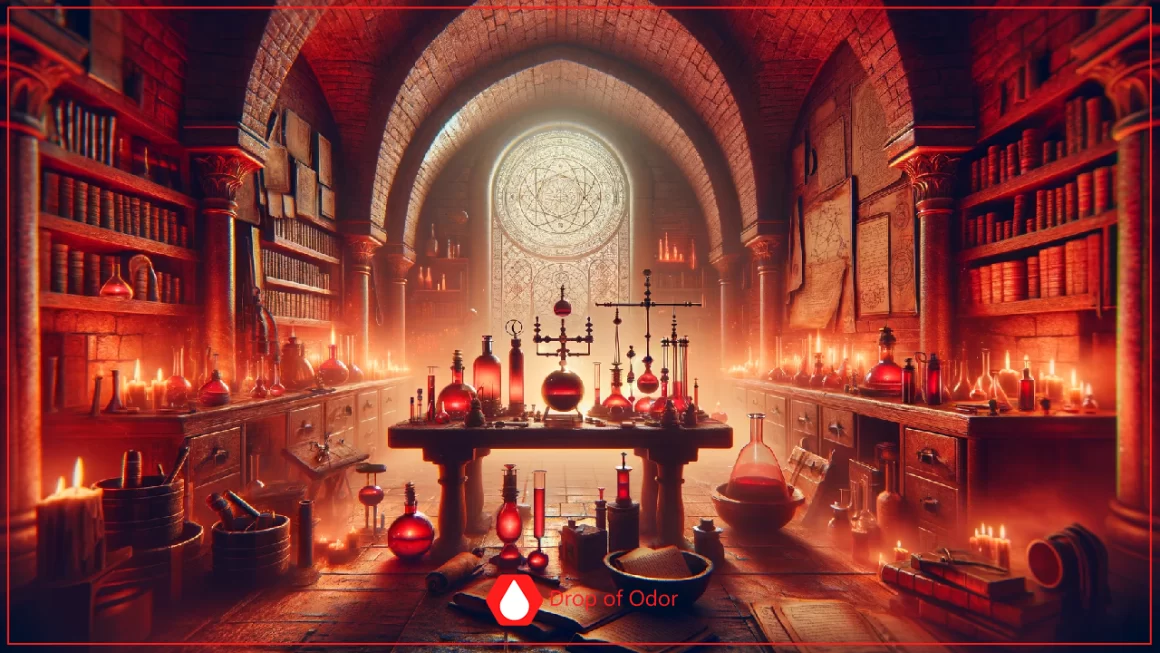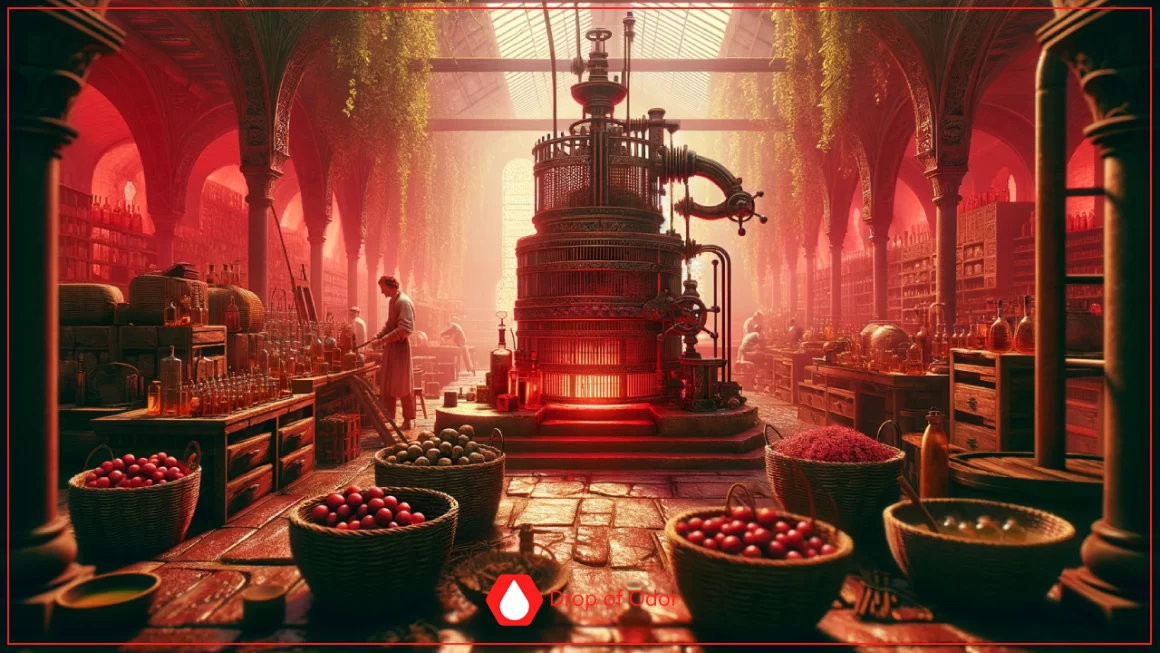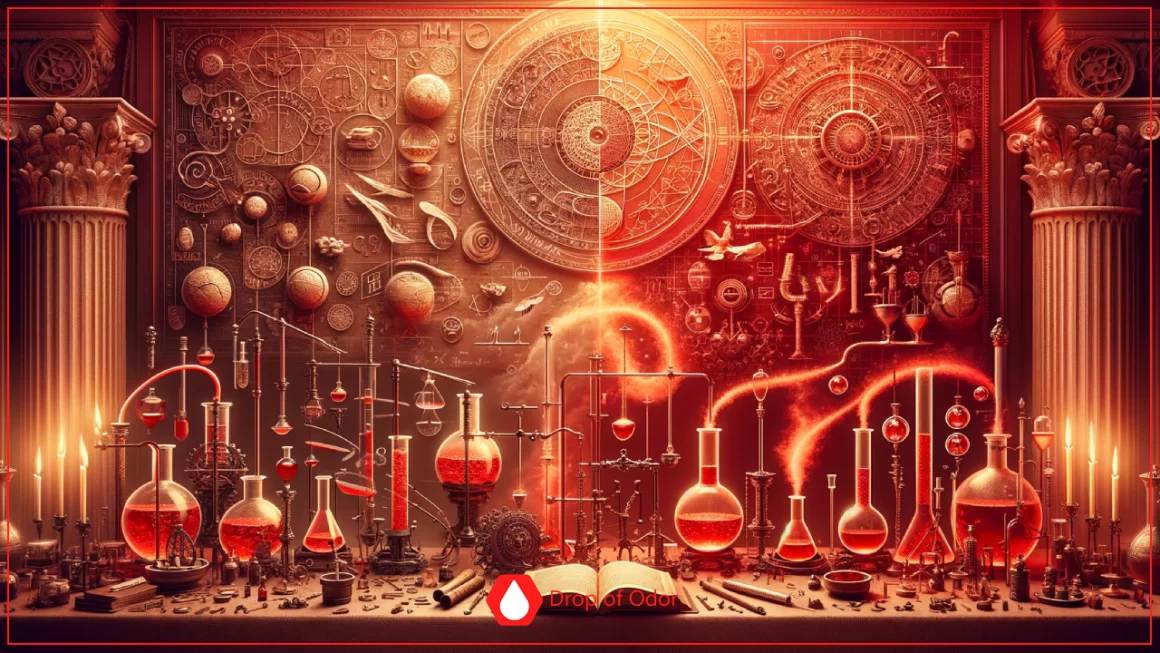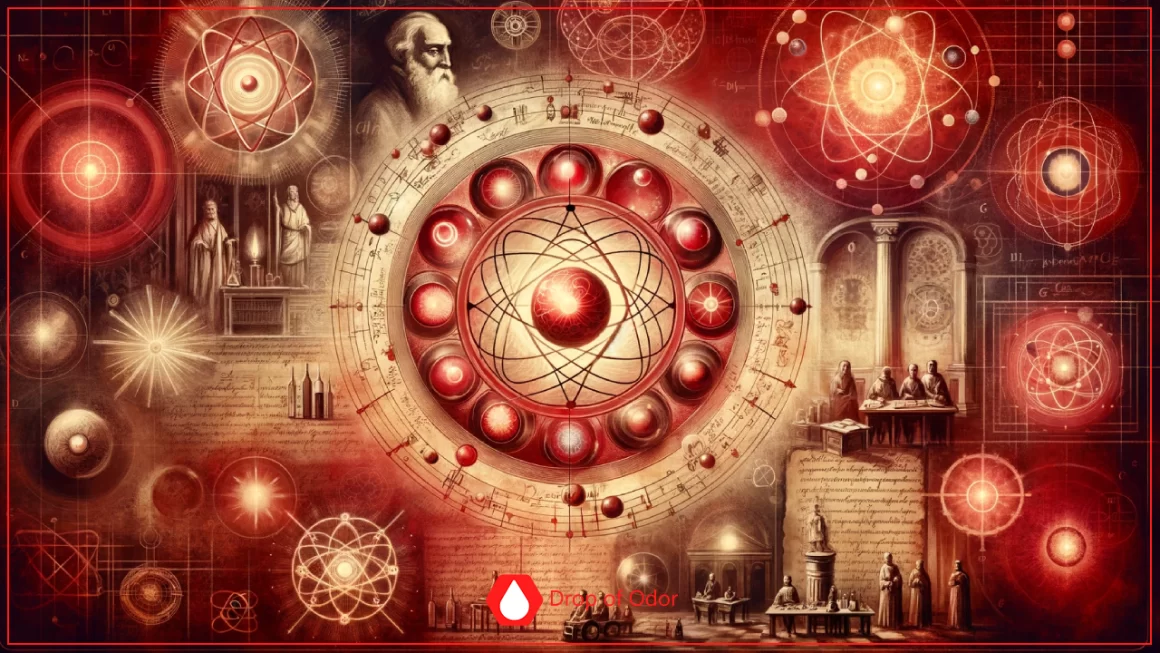Introduction
We all understand the significance of organic chemistry in our lives, but do we truly know chemistry? Since our school days, for many of us, chemistry has been the subject filled with complex numbers and letters covering the entire board, mathematical equations, and reactions that become even more challenging when physics is thrown into the mix, forcing us to memorize them for years. And after passing the exam, we erase all the topics we memorized during the term from our minds like a bad memory.
Let me share a secret with you: most chemists do the same. Yes, we too avoid certain chemistry topics and don’t even look beyond the required knowledge level once we’ve reached it. The real issue is this: the chemistry taught during school and university is generally what can be called “exam chemistry.” It’s too theoretical, too “official,” and too scientific. What we learn is neither applicable in our daily lives nor in our professional lives. The most important information we use – the basics of chemistry, is something we try to skip over because it’s not on the exam.
But can this situation be improved? Absolutely! Let’s reexamine the fundamentals of chemistry together, but this time, not for an exam, but to explore the fun side of chemistry and how it can be utilized in our daily lives. Moreover, if you’re considering a career in the cosmetic industry, these basics will form the foundation of all your work.
Table of Contents
The Essence of Organic Chemistry in Everyday Scents
Chemistry is fundamentally important to all industries, but it is absolutely central to perfumery. Whether derived from natural or synthetic sources (both of which we will explore in detail later), the substances that make up fragrances are chemical in nature. The receptors in our noses that detect these substances are chemical, too. A chemical scent is perceived by a chemical receptor, making the sense of smell inherently a chemical sense. To understand olfaction, we must grasp the basics of chemistry. The products that incorporate essences are also made of chemicals, and there can be chemical interactions between the essence and the product. Therefore, to understand how a fragrance interacts with products like alcohol, soaps and detergents, a fundamental understanding of chemistry is essential.

The Alchemical Roots of Chemistry
We often talk about chemistry, but what does the word “chemistry” actually mean? The term “chemistry” derives from alchemy, which itself comes from the Arabic al-kīmiyā (الكيمياء), and according to sources, its Arabic form is believed to originate from Greek. But how did it reach Greek language? The Greeks knew the Nile Delta in Egypt, with its rich alluvial soil, as the “Black Land” due to its color. Metallurgy was considered an art of the “Black Land” of Egypt, hence it began to be known as the “Black Art.” Therefore, al-kīmiyā may have been derived from the ancient name of Egypt, from the Greek word “χημία” (chēmía), meaning “pour together.” However, what truly interests us are the endeavors of the alchemists. In summary, alchemists were in pursuit of two main goals:
- Transmuting common metals into precious metals. Chrysopoeia (artificial production of gold) and argyropoeia (artificial production of silver) are two well-known branches of these endeavors.
- Discovering a cure for all diseases and the elixir of immortality. The Elixir of Life – one of the sought-after products with the help of the philosopher’s stone (essentially trying to achieve the GTA San Andreas HESOYAM cheat in real life).
In this exploration, we delve into the ancient practices that laid the groundwork for modern chemistry. Alchemists, with their dual quest for transmutation and immortality, not only enriched our understanding of the physical world but also set the stage for the scientific revolution that would transform alchemy into chemistry.

The Alchemical Origins of Essential Oils
Although alchemists were not successful in their two main quests, their explorations led to discoveries that completely changed our world. The contribution of alchemists to science is significant, but discussions about the nature of matter actually began long before, in Greece during the fourth century BC. Democritus (460-370 BC) and Epicurus (341-270 BC) argued that matter was composed of small, indivisible particles they called “atoms,” derived from the Greek words τομεω-tomeo (meaning “to cut”) and ατομος-atomos (meaning “uncuttable” or “indivisible”). Epicurus believed that scents were made of atoms traveling through the air from their source to our noses, with smooth, round atoms producing sweet scents and sharp ones producing pungent odors.
On the other hand, Empedocles (450 BC) and later Aristotle (384-322 BC) believed matter was a whole, composed of four fundamental elements or essences: earth, air, fire, and water. Aristotle also thought scents spread from their source to the nose, similar to heat spreading from the sun to the earth. To differentiate living from non-living matter, Aristotle introduced a fifth element or quintessence, which he called the spirit. This leads to an intriguing point: Aristotle’s followers, by heating plants and “releasing” the plant’s spirit (or quintessence), referred to the resulting oil as “quintessential oil“. This term later evolved into the “essential oil” we know today.
Similarly, distilled beverages like whiskey, gin, or brandy were named “spirits“. Thus, we learn that both “spirit” and “essence” share the same root, originally used in Aristotle’s time to describe the substance distinguishing the living from the non-living. These philosophical schools also laid the groundwork for the first theories on how our sense of smell works.

The Enlightenment and the Birth of Modern Chemistry
Let’s transition from primitive chemistry to a more modern approach. In the 13th century, English priest and scientist Roger Bacon laid the groundwork for what we now call the “Scientific Method”. While Bacon isn’t credited with actually inventing the scientific method, he is seen as a vital forefather who added inductive reasoning to the process. This method utilizes five steps to develop theories about the physical universe: observation, association, hypothesis, testing, and review.
Armed with Bacon’s robust scientific method, scientists of the Enlightenment era began to conduct their growing research in a more systematic and logical manner, integrating the opposing theories of Democritus and Aristotle to form a more accurate picture of the universe. Democritus perceived each type of matter as composed of characteristic particles or atoms. Aristotle saw the different forms of matter as combinations of four fundamental elements. Using just thought, Democritus and Aristotle were able to describe the structure of matter, which would only be formally recognized centuries later. Wait, did the atomic theory really emerge centuries ago?

The Roots of Atomic Theory
In 1806, British scientist John Dalton synthesized all prior work into what we now call the atomic theory, introduced merely 218 years ago. Dalton proposed that elements are composed of indivisible particles called atoms, each with a characteristic weight, and that chemical compounds are formed from atoms linked together. This marked the beginning of modern chemistry, inspiring numerous scientists to lay the groundwork for significant inventions in the field. For instance, in 1810, JJ Berzelius observed that sometimes two elements can combine in different ways, leading to the law of multiple proportions.
But let’s return to the elements. It became accepted in the scientific community that each element has a characteristic weight known as atomic weight, along with distinct properties. Initially, atomic weights were expressed relative to Hydrogen, the lightest element. In honor of John, the atomic mass unit was named the Dalton, with Hydrogen’s weight set at 1Da.
Regarding the origins of element names, almost all were named by the people who recorded them (discovering an element wasn’t enough; one had to record the information and find a cool name for it). While Henry Cavendish is recognized as the first to discover Hydrogen, it was Antoine Lavoisier who named it. The name Hydrogen comes from the Greek ὑδρο- hydro, meaning “water,” and γενής-genes, meaning “forming.” JJ Berzelius introduced a symbol system for elements, arguing that the “cool” but lengthy names weren’t practical.
Then, in 1869, Mendeleyev brilliantly arranged all elements into a table, deserving a separate discussion. In summary, using the structural properties of elements, Mendeleyev not only predicted the existence of unknown elements but also described their chemical properties systematically.
Conclusion
Our journey from the philosophical pursuits of alchemy to the intricate world of modern chemistry demonstrates a remarkable evolution of scientific thought and discovery. Starting with the quest for the Philosopher’s Stone, we traced the path to the development of atomic theory and the systematic arrangement of elements. This foundational knowledge of chemistry has become the bedrock upon which nearly all modern inventions stand. Without it, the craft of perfumery, along with many other technological advancements, would not be possible.
Indeed, the knowledge we glean from chemistry not only allows us to create fragrances but also enables me to share these insights through modern computing. This progression underscores the profound impact of chemistry on our daily lives and its essential role in innovation and creation across various fields. Now, you’re equipped with the origins of terms like chemistry, atom, element, essence, and spirit, ready to impress your friends with this knowledge. You’re also prepared to delve into the structure of atoms in our next discussion. This foundational understanding not only enriches your grasp of chemistry but also sets the stage for exploring more complex concepts in the fascinating world of fragrance development.
Take care of yourself and your nose
References and Further Reading
For those eager to delve deeper into the world of perfumery, here are some resources for further exploration:
Books:
- Essence and Alchemy. A Natural History of Perfume by Mandy Aftel
- The Secrets of Alchemy by Lawrence Principe
Scientific Papers and Journals:
- Talanquer, V. School Chemistry: The Need for Transgression. Sci & Educ 22, 1757–1773 (2013).
- Fragrance and Attraction – ACS Publications
- Industrial Fragrance Chemistry: A Brief Historical Perspective








Pingback: Scents and Science. Chapter 9: Introduction to Heteroatoms and Functional Groups